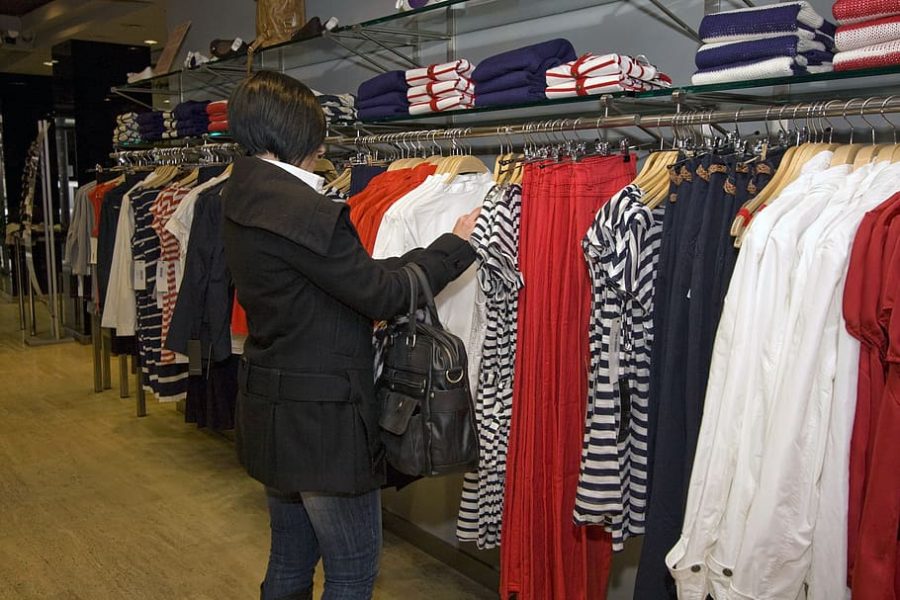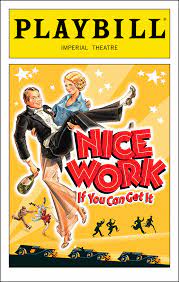Everything Wrong With Fast Fashion
The Cost of Cheap Clothes
WHAT IS FAST FASHION
How many of us feel we are addicted to shopping? Probably half of us have new clothes, that we haven’t worn once, collecting dust in our closets. In today’s consumerist society, the cause of this accumulation of clothing lies in the constant reduction of garment prices; commonly known as fast fashion. Fast fashion is the mass production of cheap, disposable clothing. Countless new collections every year leave many shoppers feeling out of date with the current trends, and therefore encourage them to buy more. As consumers continue to settle for lower garment quality over the years they, in turn, settle for clothes that risk our health, our planet, and the lives of garment workers.
ENVIRONMENTAL FACTORS OF FAST FASHION
The fashion industry is the second-largest polluter in the world, right after the oil industry – Some countries allow for garment factories to dump untreated toxic wastewater directly into the rivers. This Wastewater contains chemicals such as lead, mercury, and arsenic. These chemicals are immeasurably harmful to aquatic life and the people living by river banks. Something the consumer can do to limit water pollution is to choose clothes made in countries with stricter environmental laws, or choose to buy more organic/natural fibers that do not require harsh chemicals to produce.
Discarded garments have been filling up the planet’s landfills for years. Clothing has become disposable through the lower cost of garments, which, as a result, have lower quality. An average family throws away about 30 kg of clothing each year; out of that only 15% of that is recycled or donated. The rest of the clothes will go to landfills, where they will spend an average of 200 years decomposing.
INHUMANE WORKING CONDITIONS
It is no secret that the majority of garments are made in countries where the rights of workers are limited; despite that, we often forget how inhumane their working conditions truly are. Another issue is the health of and safety conditions of the workers. Employees usually work with no ventilation, forcing them to breathe in toxic chemicals and inhale fiber dust. It is not uncommon for accidents and fires to occur within the building. For example, in 2013 more than a thousand garment workers in Bangladesh were killed from the collapse of the Rana Plaza.
Many fashion brands pay below a minimum ethical salary to their workers in some countries, their minimum wage represents a fifth of what would constitute a living wage. These brands make it impossible for people to fulfill their basic needs of food, rent, healthcare, and the like. Not only are their workers dirt poor, but they are also working, on average, a punishing fourteen to sixteen hours a day, seven days a week. During peak season, some workers will even work until 2 or 3 am; they cannot refuse over time, or they might get fired.
WHAT CAN YOU DO TO MAKE A DIFFERENCE?
Well, there are many things you can do to make a change. Start by supporting ethical clothing brands, buying recycled clothes, and buying from brands that manufacture clothes in countries with stricter environmental and workplace regulations such as the United States and Canada.
Thrift shopping, and buying clothes off of sites like Depop and Poshmark, are great ways to find recycled clothing. This is not to say you should buy out the thrift store because of how cheap all the clothes are. Doing so raises the prices at the thrift stores, which hurts people who rely on thrift stores for affordable clothing. Another healthy habit is shopping within your closet; break in all your clothes with the tags still on them. It can be amazing what you find hiding at the back of your wardrobe. You don’t need to stop shopping at some of your favorite brands, but before buying a piece of clothes ask yourself these questions.
“Is it actually my size?”
“Will I get more than five wears out of this piece?” – Remember, it is always better to buy less of better quality.
“do I need it?”
In the end, the problem lies in excessive consumerism. This sentiment is captured well in a quote from Patagonia’s Chief Product Officer, Lisa Williams; “The most environmentally sustainable jacket is the one that’s already in your closet.”











